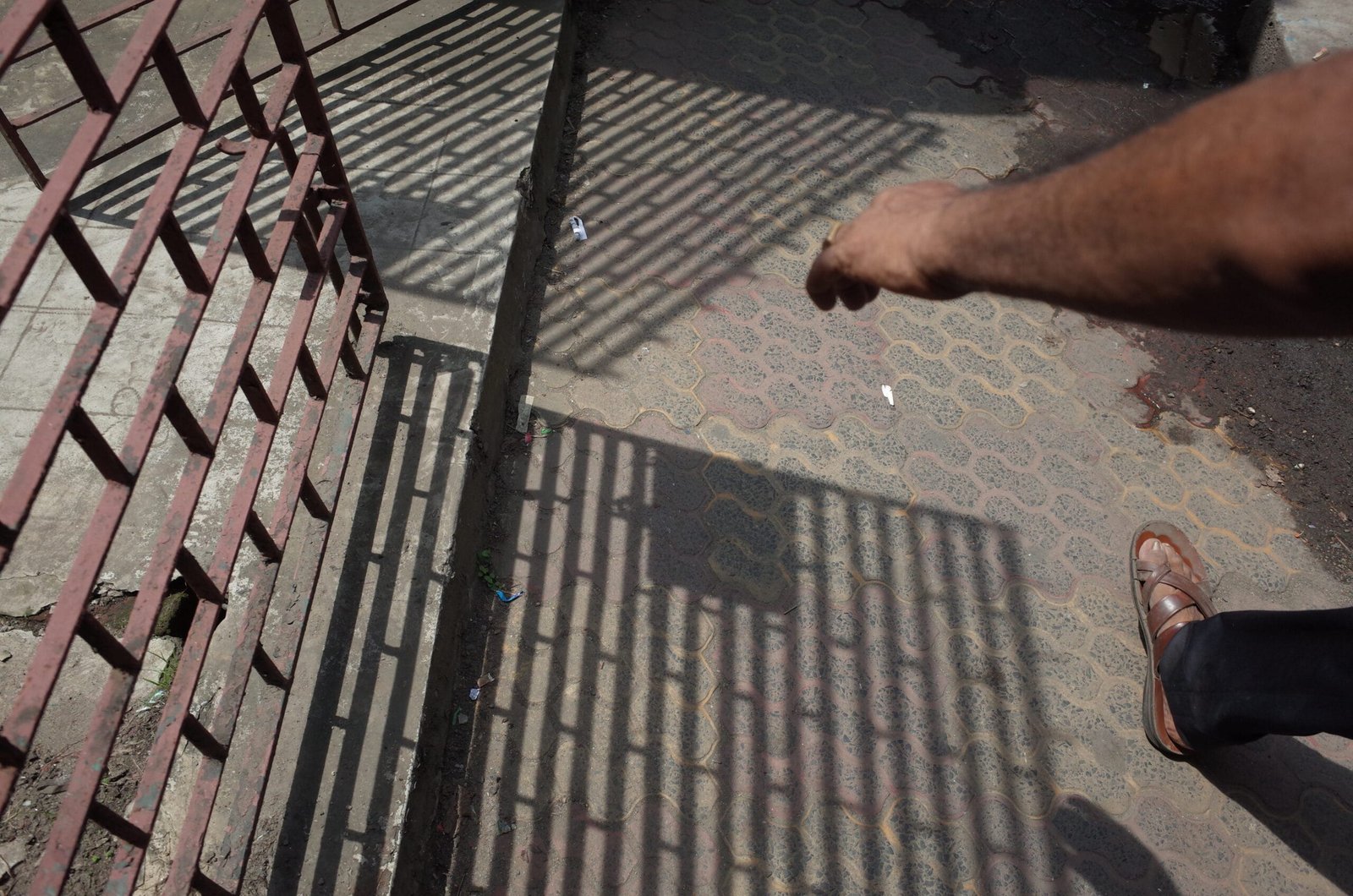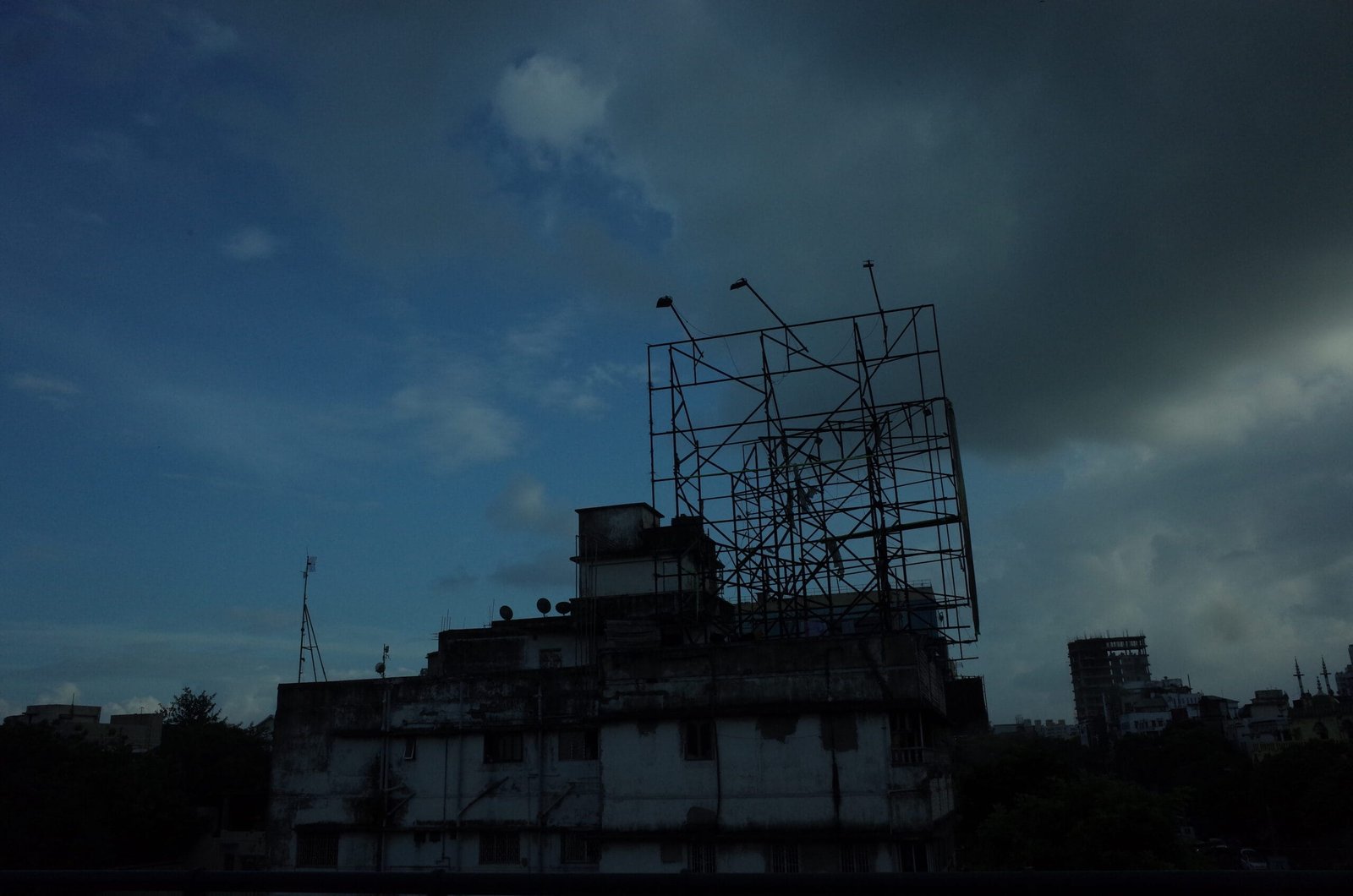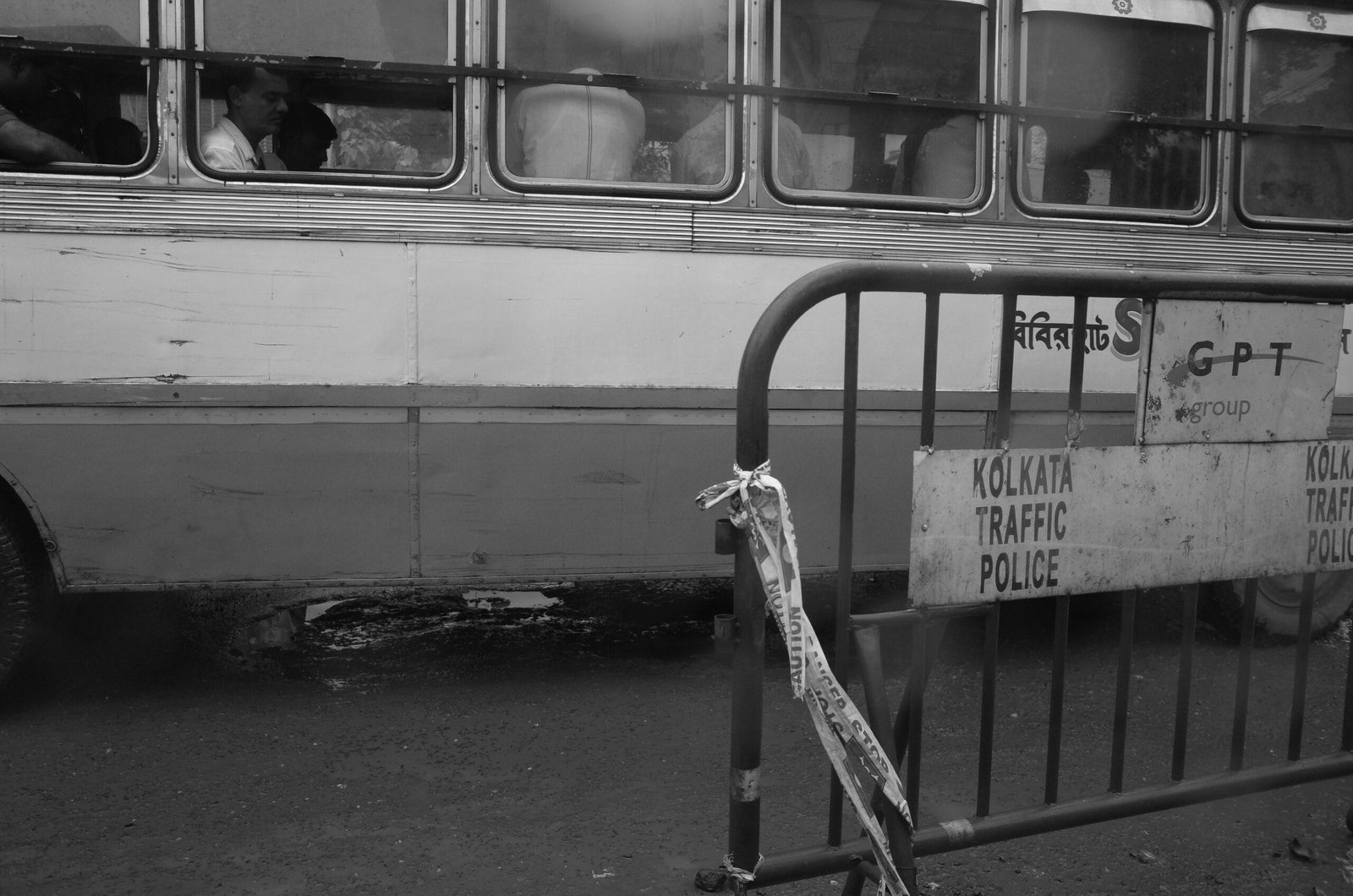
Exercise – Observing Lines and Shapes – Volume 2.0
The man who comes back through the Door in the Wall will never be quite the same as the man who went out. He will be wiser but less sure, happier but less self-satisfied, humbler in acknowledging his ignorance yet better equipped to understand the relationship of words to things, of systematic reasoning to the unfathomable mystery which it tries, forever vainly, to comprehend
― Aldous Huxley
Just to reiterate – Unlearning is quite difficult.
Inferences:
- One of the photographs from the last exercise I studied to a great extent:
- Am I happy with my #rewaj?? Well if I had to pick 3 photos (not in any order):
I could keep pondering on this very self-concocted debate, but a voice in me cautioned: “মুরুব্বি…মুরুব্বি…… উহু উহু!!”
Now that I think of it, do I really like these photos? or am I just happy I did #rewaj? but then… what on earth is there to be happy about?
Fair enough!
So be it. Back to basics again. Lets set stages to this # #rewaj? on Lines and Shapes again. This time around we shall explore post-processing as well. To determine if my first inference of what I captured is still evident or if I am able to turn a page of Visual Storytelling with Lines and Shapes alone.
- Day 1 – Set up the camera to BW output and try to view through the camera to observe lines and shapes. (start with shadows again}
Day 2 – Color photo exercise on the above #rewaj?.
Day 3 – Pricess color photos to BW to observe changes in perspective when the frame is devoid of colors. Observe prominence of lines when color is not in scope.
Day 4 – Repeat the exercise to consciously create BW and Color images with lines and shapes as prominent entities.
Day 5 – Review.
[ Post processing is brought within scope for this exercise. This includes only Cropping the image to a desired frame and turning a color photo ‘black and white’ only. Fine-tuning of values in a photograph is not in scope. ]
——————————————————
Exercise 2.0 – Lines and Shapes
- # objective – identify lines and shapes in geometric / organic / visible / implied / horizontal / vertical / diagonal and curves in their characteristic forms as apparent.
# assumptions – a desired frame can be a part of a larger frame that can be premeditated or decided upon later in post-processing of the photo. this includes cropping and turning the photograph black and white.
# Stages Approach – start with shadows and stationary objects in Black and White. >> Practice the same in Color. >>> Practice the process of seeing without color.
# Timeline for exercise – Stage 1 – 1 day + Stage 2 and 3 – 2 days each.
We start Monday 9th September, 2024.
——————————————————
Stage 1: [Observing Lines and Shapes only in Black and White]
Exercise 1.0 in Black and White. (I feel like I have been here before.)
Not much has changed from the last exercise. Stationary objects aren’t that easy to frame either I have learnt. For a fact, the same shadows would change with every passing minute of the day and so would the shapes they are creating. Interesting! We will dive deeper into this aspect of Stationary objects and their shadow with respect to the incident light in another exercise later. For now, let us stick to the current objective in hand – More Lines and Shapes to observe.
——————————————————
Stage 2: Day 1 – [Observing Lines and Shapes in Color. ]
Basically, Exercise 1.0… again. (I keep feeling like I have been here as well before.)
Fair enough!
Little has changed but I can understand that I am able to pick and single out the orientation of lines around me, even when several other orientations exist in the frame that I can later find and relate to. This was enriching actually. Since I have cropped the images as I have perceived the frames within the photographs I took, there must be a way of studying the wider frame as well. So let’s find somewhere I would be able to practice and keep evidence of one such exercise.
Side quest: Rotten Tomato by the Lane. (To study the character of lines on changing the viewpoint of the same.)
There was enough space and time for me to study the position of this rotten tomato and the geometric and organic lines around it.
Clearly, the same lines can act as vertical/horizontal/diagonal or even a curve if perspective permits. How important is space when in #rewaj? eh! Interesting. Now getting back to the Exercise.
Day 2 – [Post process color photos to BW to observe changes in perspective when the frame is devoid of colors, observe prominence of lines when color is not in scope.]
(Same photos as above – color photos post processed to BW to observe to obtain similar lines and shapes to context)
(Every photo has added subtext to study the differences between color and BW)
That was weird. I now know BW and Color are completely different ballgames when it comes to #rewaj? at least. So the #rewaj? must include the practice of thinking in BW or Color or may even be Both.
——————————————————
Stage 3:
Day 1 – [Repeat exercise to consciously create BW and Color images with lines and shapes as prominent entities.]
So we are taking photographs today. Trying not to stick to basic pointers. Trying to break free as well as trying to be within the periphery of matters at hand.
Day 2 – [Review and self-reflection.]
I believe this is what I was waiting for to happen. I am able to see things as they are or as I would want them to appear. It would require more practice in this journey from dumb to… well, a little less dumb. Apart from the times that I feel people around me are thinking I hallucinate when I take a photo of shapes that traffic signs make against the sky (isn’t a big deal until I get hit by a vehicle), I think I am ok doing this. Time and again.
If I were to pick on my photos from this exercise, It wouldnt be very difficult now to point out Line – Value – Space metrics to judge these.
——— (images are marked with primary lines and shapes and their orientation.)
Not only am I realizing things I saw earlier and photographed but also how I saw the photograph as a different entity altogether. This may still work actually, if I do not see these photos from the exercise right after I am done taking them, if I let them marinade in the hard drive for a few days, weeks maybe… will they still fit the bill if these logs of process weren’t documented. Tough to tell. But definitely worth trying.
Self-Reflection: What are the limits of this exercise? How many lines and curves can there be in a photograph that are independent of each other?
Here is a painting from Room PVT 55, Phase II, Tata Medical Center, Kolkata. The entire Painting is made in lines and curves. It is very evident even from a distance.
Ray was an amazing poet or whatever the world is comfortable thinking he was. The artist of this painting the above wasn’t mentioned so I am not aware. But my encounter with this painting has been described by Ray years ago. He Writes:
“কেইবা শোনে– যে কথাটা ঘুরছে মনে,
মগজের নানান্ কোণে– আনছি টেনে বাইরে তায়,
সে কথাটা বলছি শোন, যতই ভাব যতই গোণ,
নাহি তার জবাব কোনো কূলকিনারা নাইরে হায় !
লেখা আছে পুঁথির পাতে, ‘নেড়া যায় বেলতলাতে,’
নাহি কোনো সন্দ তাতে–কিন্তু প্রশ্ন ‘কবার যায় ?’
এ কথাটা এদ্দিনেও পারোনিকো বুঝতে কেও,
লেখেনিকো পুস্তকেও, দিচ্ছে না কেউ জবাব তায় ৷
লাখোবার যায় যদি সে যাওয়া তার ঠেকায় কিসে ?
ভেবে তাই না পাই দিশে নাই কি কিচ্ছু উপায় তার ?”
এ কথাটা যেমনি বলা, রোগা এক ভিস্তিওলা
ঢিপ্ ক’রে বাড়িয়ে গলা – প্রণাম করল দুপায় তার ৷
হেসে বলে, “আজ্ঞে সে কি ? এতে আর গোল হবে কি ?
নেড়াকে তো নিত্যি দেখি আপন চোখে পরিষ্কার—
আমাদেরি বেলতলা সে নেড়া সেথা খেলতে আসে
হরে দরে হয়তো মাসে নিদেন পক্ষে পঁচিশ বার ৷”

























































